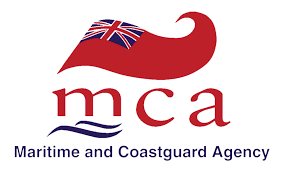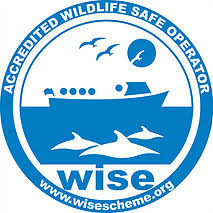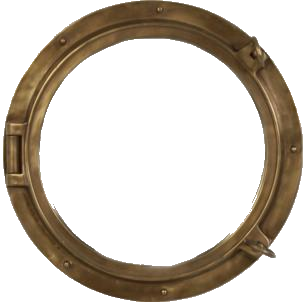Drifter




Drifter is a Dutch built sailing barge known as a Lemsteraak. They are well known for their beautiful design and large and comfortable deck and interior.
They are wider and sail more upright than other types of sailing boat, and use characteristic leeboards attached to the side instead of a keel.
The barge is similar to the working vessels that fished and transported supplies around the waterways of the Netherlands in the 18th/19th century.
Working sailing barges often sailed from the Netherlands to UK ports, and years ago were not an unusual site in our waters, including Falmouth.
Built in 1976, the barge is just over 11 meters long, 4.5m wide and 85cms deep, the barge is flat bottomed allowing us to sail in shallow waters.
Drifter is regularly surveyed by the Maritime and Coastguard agency for safety, and is coded for Category 4 waters.
Drifter's design suits the area very well, allowing us to sail in the shallow waters of Carrick Roads and creeks of the River Fal. The barge is also capable of doing much more adventurous voyages, we sailed the barge back from the Netherlands, via the North Sea and English Channel to Falmouth ourselves in 2017.
The hull is robustly built of steel, and the traditional and highly developed rig and leeboards are constructed from solid wood.

There are many different types of Dutch sailing barge, but the Lemsteraak are considered to be most sea kindly and capable.
Each winter we perform maintenance and restoration work on Drifter in order to keep the barge in truly beautiful condition.
The river is abundant with wildlife, therefore Drifter has been certified as a wildlife safe operator by WiSe.

Our barge Blog
Click to read our latest news and stories.
